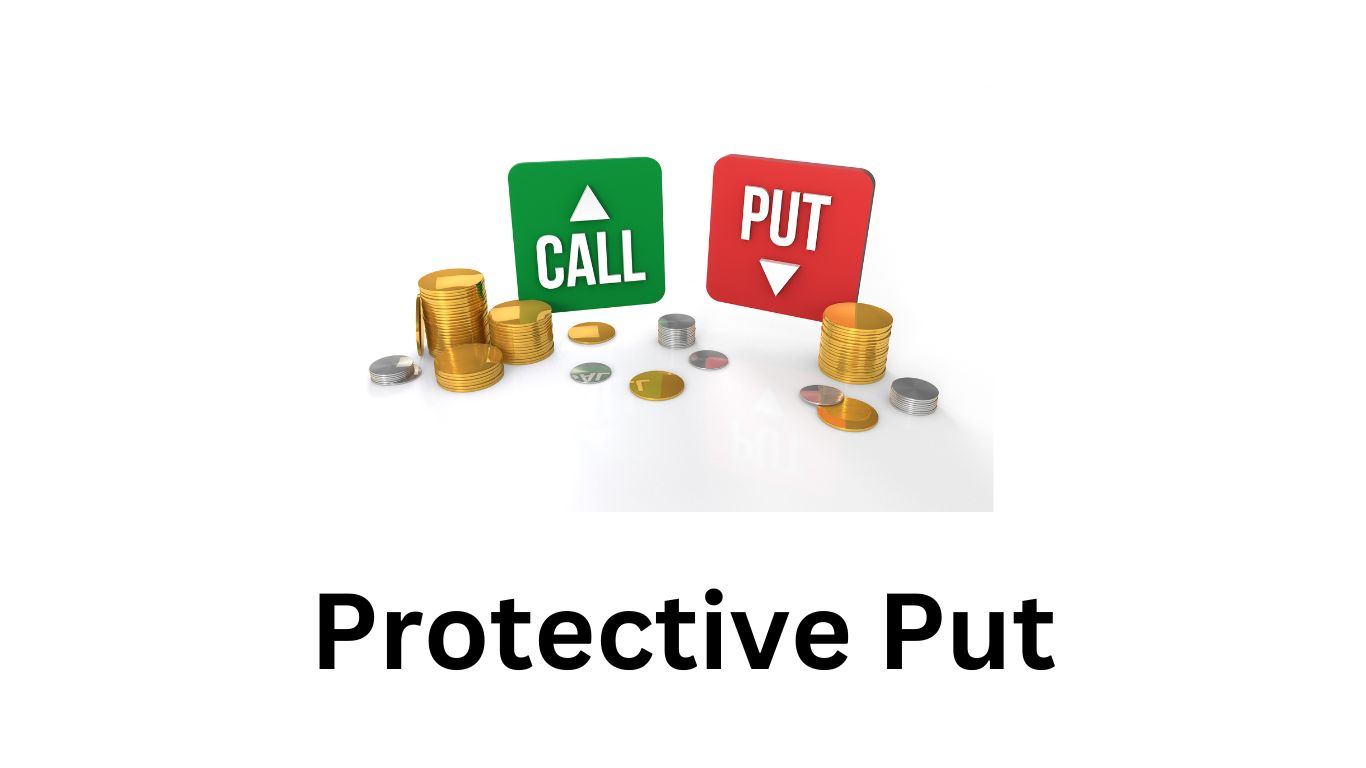What is Protective Put?
A protective put is a risk-management strategy using options contracts that investors employ to guard against the loss of owning a stock or other asset. Here’s how it works:
- Purpose: The primary purpose of a protective put is to provide downside protection. It acts as an insurance policy against potential losses in the value of an asset.
- Implementation:
- An investor who owns stock (or any other asset) purchases a put option for a fee, known as the premium.
- The put option gives the investor the right (but not the obligation) to sell a specific amount of the underlying asset at a predetermined price (the strike price) before or by a specified date (the expiration date).
- By buying the put option, the investor limits potential losses on the stock position.
- Scenario:
- Suppose an investor owns 100 shares of a stock.
- They are bullish on the stock’s long-term prospects but want to protect against a sudden decline in its price.
- They purchase a put option with a strike price close to the current stock price.
- If the stock price falls below the strike price, the put option provides a guaranteed selling price, limiting further losses.
- Benefits:
- Downside Protection: The protective put sets a known floor price below which the investor will not continue to lose additional money, even if the stock price keeps falling.
- Unlimited Potential for Gains: Since the put buyer also owns shares of the underlying asset, they can still benefit from any upside potential.
- Married Put:
- When a protective put covers the entire long position of the underlying asset, it is called a married put.
Remember that protective puts are commonly used when investors are still bullish on a stock but wish to hedge against potential losses and uncertainty. They can be applied to stocks, currencies, commodities, and indexes¹.

